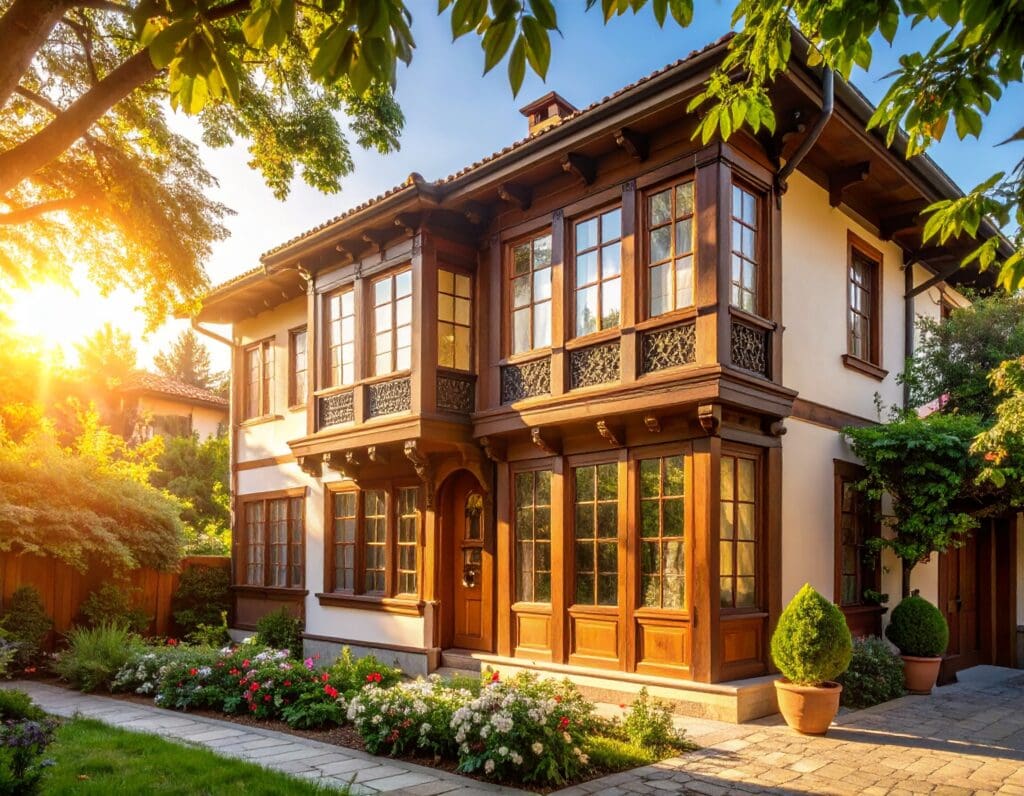The Challenge of Glazing in Historic Buildings
When specifying glazing for historic buildings, conservation architects face a familiar dilemma: how to improve thermal performance without altering the character of the structure. Regulations often prohibit double or triple glazing that distorts sightlines or adds bulk to sash windows, while traditional single glazing leads to high energy loss and condensation problems.

Why Traditional Solutions Often Fall Short
Slim double glazing may initially appear suitable for historic buildings, but it frequently compromises visual clarity and longevity. The spacer bars and visible double reflections can diminish the heritage feel, while performance is often underwhelming.
Secondary glazing, on the other hand, adds layers and visual clutter – not to mention occupant inconvenience.
Vacuum Glazing: A Discreet, High-Performance Alternative
Vacuum glazing for historic buildings offers a compelling alternative. With a total thickness of just 8.3 mm, vacuum-insulated glass units can be seamlessly fitted into existing sashes or replicated heritage joinery- all while offering U-values as low as 0.4 W/m²K and superior acoustic insulation.
Aesthetics Without Compromise
Unlike standard double glazing, vacuum glazing is free of cavity reflections and visual distortions. Its clarity and authenticity ensure that the original aesthetics of a historic building remain intact.
For listed buildings or properties in conservation zones, this can mean the difference between approval and rejection.
Compliance with Heritage Guidelines
Vacuum glazing products like LandVac are designed to align with EU and Bulgarian conservation standards. The ultra-slim profile makes it easier to meet the demands of the National Institute for Immovable Cultural Heritage while drastically improving thermal efficiency.
Successful projects across Europe show that vacuum glazing can meet both conservation and performance goals – even in UNESCO zones.
Project Inspiration: Where Vacuum Glazing Has Been Applied
From period townhouses in Sofia to 19th-century facades in Plovdiv, vacuum glazing is gaining recognition among forward-thinking architects. It’s ideal for:
- Wooden sash windows
- Steel casement frames
- Custom heritage joinery
Its invisible performance makes it one of the most powerful upgrades available for architects who need to respect tradition while delivering 21st-century comfort.
Conclusion: Modern Technology for Historic Preservation
If you’re specifying glazing for historic buildings, vacuum glazing should be on your radar. It delivers unbeatable thermal and acoustic performance while respecting the original fabric of the building – no compromise necessary. Conservation architects across Bulgaria are turning to this solution to achieve energy efficiency without eroding heritage. Contact us today for a quote.